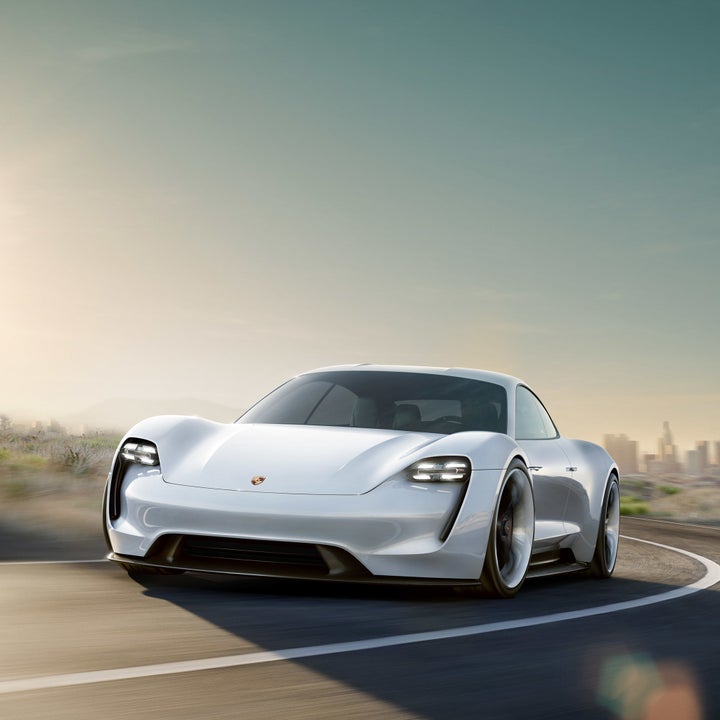It seems like a question with an obvious answer: should we reduce auto emissions to improve the quality of air we breathe? But ask most Americans if they’d being willing to give up their cars, and you’d almost certainly get a resounding “no.” A recent PEW study found that 88 percent of Americans own a car, a statistical tie for first place among the 44 major nations surveyed. Time Magazine estimates that tens of millions of Americans hit the road every summer alone, so it seems unlikely Americans will abandon driving any time soon.

This is where innovative government action can inspire real change. Our federal and state governments have made considerable progress on this front, devising workable policy solutions to reduce pollution stemming from automobile emissions.
The Environmental Protection Agency (EPA) and the National Highway Traffic Safety Administration (NHTSA) have raised the required average fuel economy of new cars to 34.1 miles per gallon, and 2012 rules will require an average of 54.5 mpg by 2025. At the same time, carbon emissions must be reduced by 40 percent. Since we know that electric, hybrid, and hydrogen-powered vehicles will enable manufacturers to meet these higher standards, there are a few ways government bodies can nudge the industry along.
Incentives for Drivers
While governments cannot require people to buy zero emissions vehicles (ZEVs), they can create incentives. How so? The federal government encourages the purchase of zero-emission vehicles through grants to manufacturers and tax credits to buyers. Tax credits for electric vehicles are $2,500 plus an additional credit of up to $5,000 based on the size of the car’s battery. But these rebates only last until manufacturers sell 200,000 such cars each.
States also have their own incentive programs. California car buyers, for example, can receive rebates of up to $2,500 through the Clean Vehicle Rebate Project.
Federal Credits for Manufacturers
Government can encourage manufacturers to innovate through credits and penalties. Manufacturers earn federal EPA Greenhouse Gas Credits. The greenhouse emissions are measured in average grams of carbon dioxide emissions per mile. The EPA sets a standard for each manufacturer (based on the type of cars it sells) and awards credits for those who beat their standard. Forbes estimates that these credits are worth $42 each.
The NHTSA’s standards are based on miles per gallon and credits can be earned by achieving a higher mpg average.
State Credits
In California, as an example, credits are based on the battery’s size and recharging speed. By 2025, if legislator Autumn Burke has her way, California will require 15% of all automobiles sold in California to be ZEVs., compared to 1% today. Burke’s legislation would encourage the manufacture of an additional 500,000 ZEVs and 900,000 hybrids.
Need for Innovation
Unfortunately, these Byzantine rules are not keeping pace with new technologies. Instead of one credit per ZEV, California’s credit system gives carmakers up to nine. According to the Sacramento Bee, preorders of Tesla’s Model 3 alone would generate enough credits that no other manufacturer need produce a single ZEV. The Natural Resources Defense Council estimates that, under existing rules, only 6 percent, not the promised 15 percent, of vehicles in California will be zero emission by 2025. Car companies alone will not innovate our way out of this shortfall.
We need government leadership to change the rules of California’s ZEV credit program to encourage a massive uptick in ZEV sales.
While current regulations are a step in the right direction, government must be more proactive. California should follow Burke’s lead by revamping its ZEV credit system. I commend Governor Jerry Brown and the California Air Resources Board for their leadership in setting goals that also foster innovation, but given how fast technology is moving, California must tap its innovative spirit in new ways.
Realigning the ZEV credit program would be a good start.
